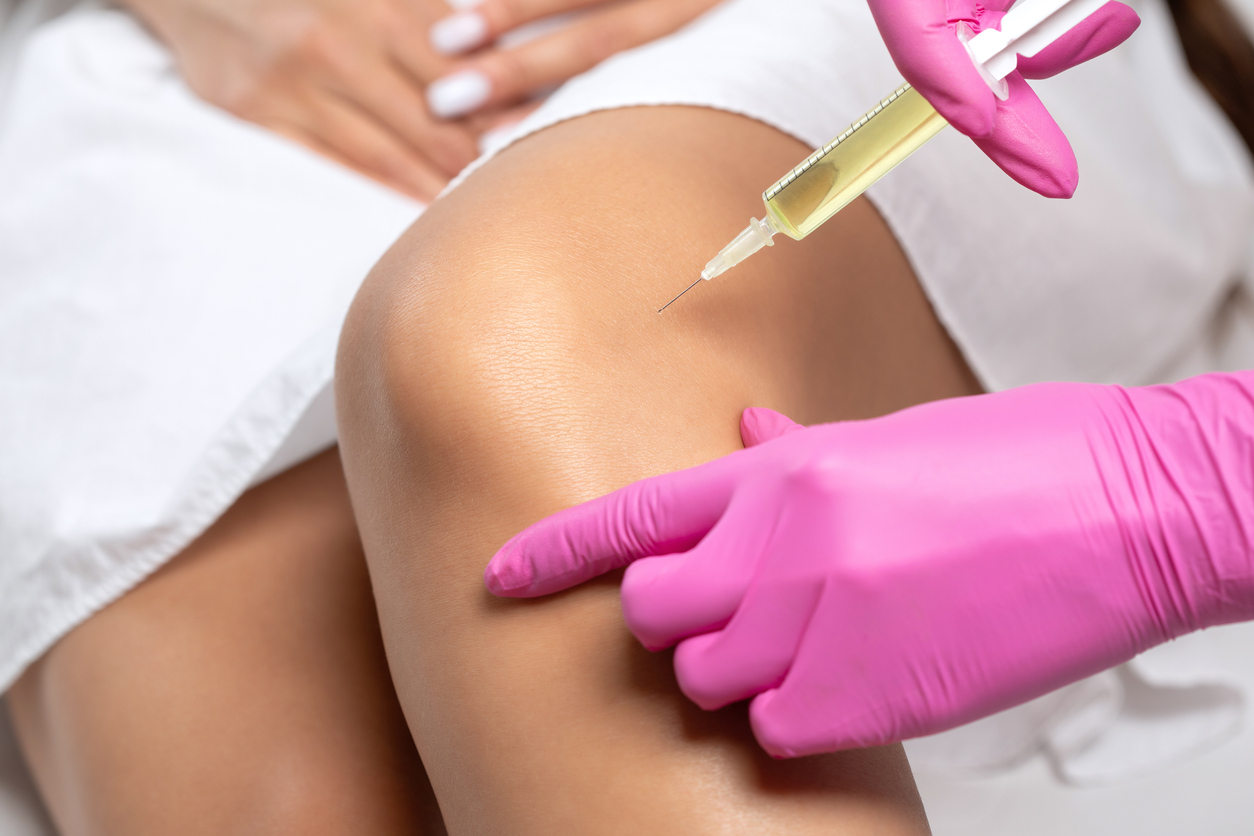
Common treatment options for various sports injuries and musculoskeletal conditions include the RICE method (rest, ice, compression, and elevation), oral medications, and physical therapy. Sometimes, however, more intensive treatment is warranted in order to achieve long-lasting pain relief and improved function.
New developments in the field of medicine include regenerative medicine, which enables the body to heal itself without surgery. One of these regenerative technologies is platelet-rich plasma (PRP) therapy.
Let’s answer some frequently asked questions about PRP injection therapy:
What Is Platelet-Rich Plasma Therapy?
PRP therapy is a minimally invasive treatment method that harnesses your body’s ability to heal itself. It comprises components of your own blood, namely the platelets, which contain growth factors. These growth factors enhance and facilitate tissue regeneration and accelerate the healing process.
The preparation of a PRP therapy injection involves your doctor extracting a small blood sample from your arm. This sample is then processed in a centrifuge to separate the other blood components from the platelets, and the concentrated platelet-rich plasma is injected directly into the site of injury or pain.
What Can PRP Injections Treat?
PRP therapy is beneficial for patients experiencing bone, joint, or muscle pain. It can treat various conditions and injuries such as the following:
- Osteoarthritis
- Sprains
- Plantar fasciitis (heel pain)
- Tennis elbow
- Golfer’s elbow
- Achilles tendonitis
- Anterior cruciate ligament (ACL) injury
- Meniscal injuries (torn cartilage in the knee)
How Long Will the Procedure and Recovery Take?
The total time required for the procedure is approximately 2 hours, including preparation by your doctor and recovery time. Since it is minimally invasive, using only a needle and no incisions, you don’t need to stay in the hospital or take time to recover. You may return to your daily activities immediately after receiving PRP therapy.
What Are the Risks of PRP Injections?
Whereas the risks of similar procedures are infections from and allergic reactions to the injection, PRP utilizes your own cells to treat yourself – so there is minimal to no risk of allergic reactions and infections. It also doesn’t have the same risks and possible complications as surgery.
What Is the Difference Between PRP Therapy and Stem Cell Therapy?
PRP therapy uses a blood sample from the patient, whereas stem cell therapy uses stem cells harvested from the patient’s bone marrow or fat cells. Both therapies are useful in easing pain and restoring mobility for musculoskeletal conditions and injuries, but PRP is generally less invasive because of the simpler extraction process.
Where Can I Get PRP Therapy in Austin, Texas?
Here at All-Star Orthopedics of Austin, our medical team can assess your condition to determine whether PRP therapy might work for you or whether something else would be more beneficial. Our team is dedicated to helping you get back on your feet, and you can rest assured that you will receive quality, patient-centered care.
If you have any questions or would like to schedule an appointment with one of our experienced orthopedic doctors, contact our friendly staff today by calling us at (512) 346-4933 or by filling out our online appointment request form. We look forward to seeing you here!





